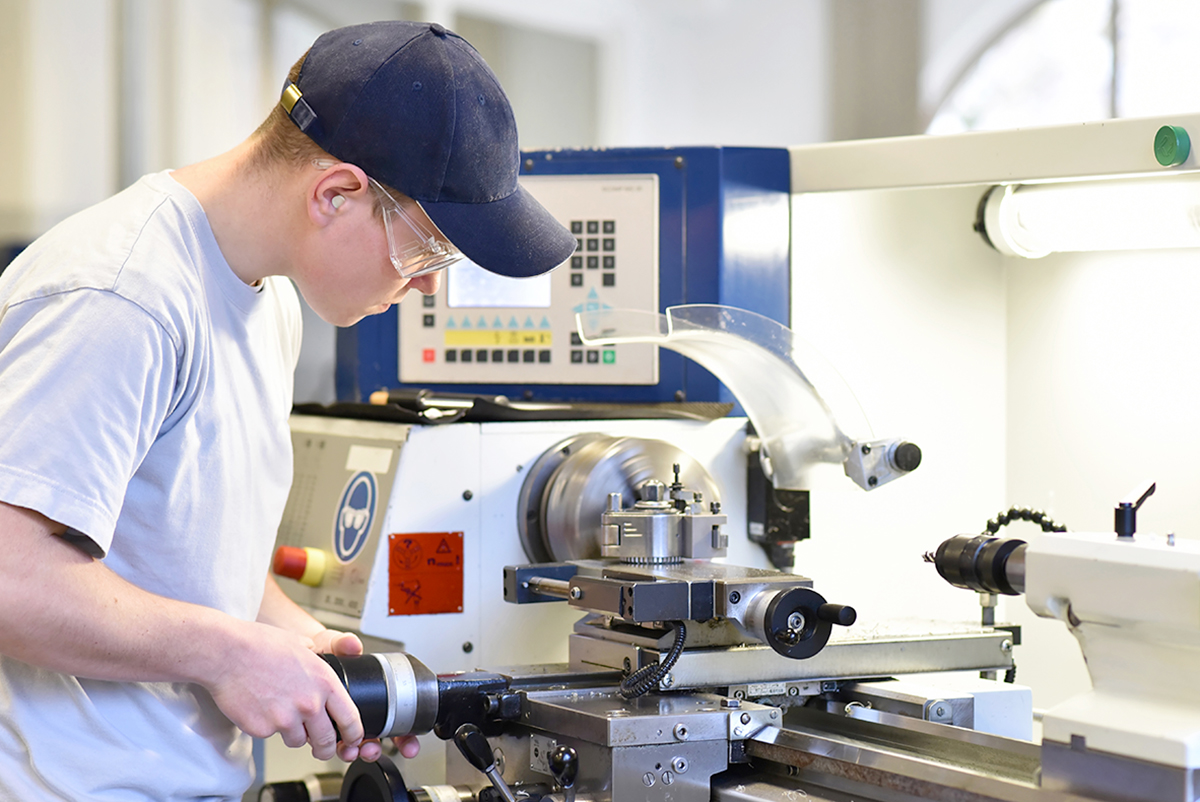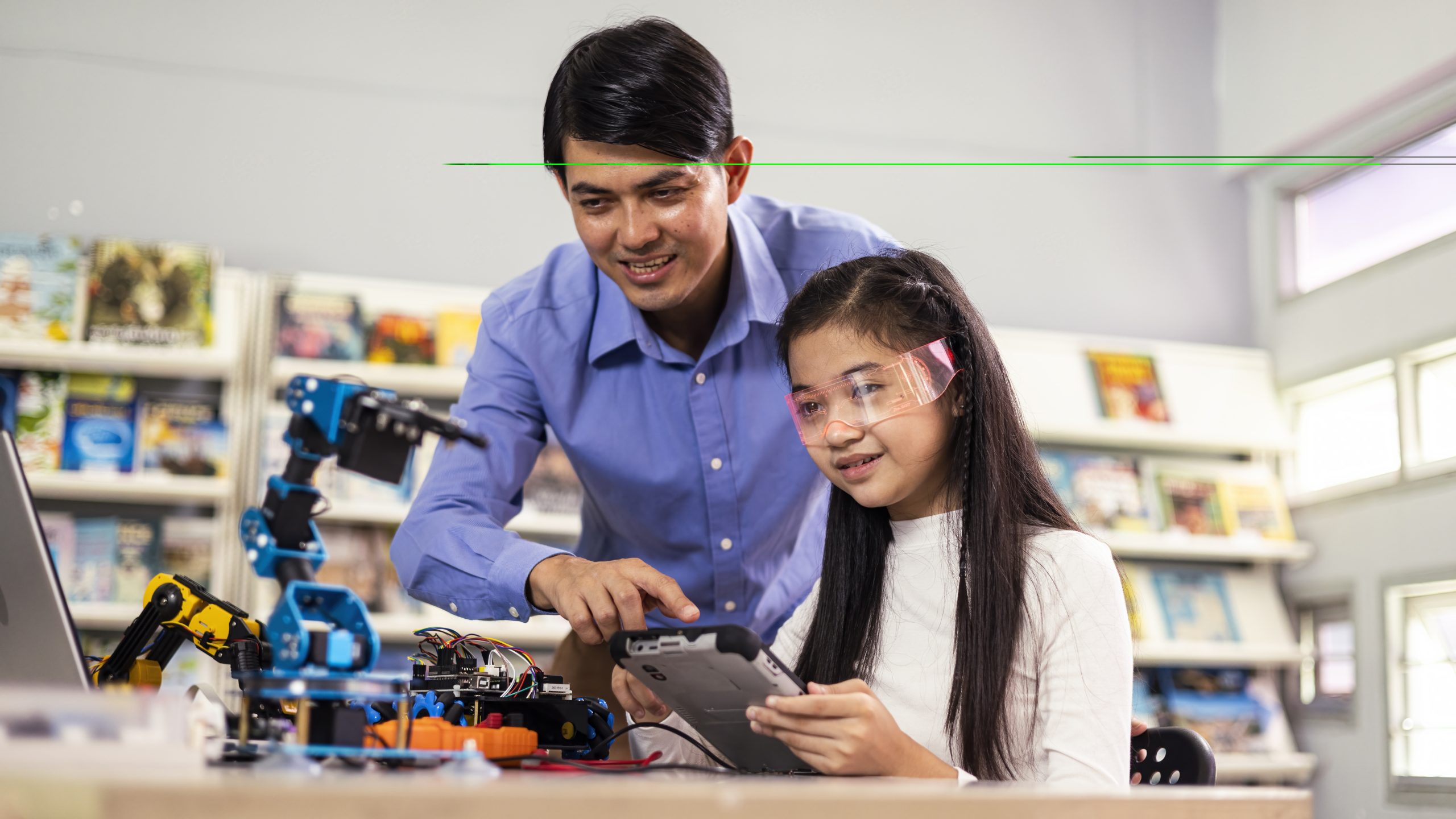The number of “disconnected youth” — those not in school or not employed and not looking for a job — across all gender and race/ethnic groups is rising in California, according to the Public Policy Institute of California (PPIC).
In 2022, nearly 11.5 percent of the state’s youth — or nearly half a million young people aged 16 to 24 — were not in school nor participating in the labor market. This marked the highest overall number of individuals among all states and the 22nd highest rate nationwide.
Various factors contribute to youth disconnection rates, including an inability to find educational or employment opportunities in their communities. Some young people may drop out of school or the workforce for personal, family or financial reasons.
Rates of disconnection are especially high among Black and Latino youth and are disproportionately high among men compared to women (58 percent and 42 percent respectively).
“Considering these individual and systemic challenges, early efforts at promoting educational and economic options for young Californians are critical,” wrote Daniel Payares-Montoya, a PPIC research associate. “Efforts should include making sure students graduate from high school, connect to effective postsecondary education or training pathways, and benefit from career counseling and job matching.”
Career technical education
Local educational agencies play an integral role in ensuring young people are prepared for the workforce and for higher education. State and local policymakers have poured significant resources in recent years into building up strong career technical education pipelines.
In the short-term, students participating in CTE are significantly more likely to say they than their peers that they developed problem-solving, project completion, research, math, college application, work-related, communication, time management and critical thinking skills during high school. Research has also demonstrated long-term benefits to CTE participation, including being more likely to enroll in a two-year college, be employed and earn higher wages.
California is one of many states that has, over the past decade, sought to engage industry partners to develop work-based learning opportunities, enact policies to remove barriers for learners from diverse backgrounds to access CTE programs and ensure school counselors or career advisers provide guidance such as disseminating college and career information and implementing individual academic and career plans.
While there are many common pathways that seek to prepare young people for careers in careers related to healthcare, hospitality, agriculture, manufacturing, coding, construction, culinary arts, information technology and much more, LEAs throughout the state have gotten creative in developing pathways that are as unique as they are engaging.
For instance, students at Florence Markofer Elementary School in the Elk Grove Unified School District have access to a facility with a computer lab, a full multimedia production studio, 3D printers and the guidance of a computer resource teacher who provides hands-on learning opportunities. Patterson Joint USD’s Patterson High School’s nationally-recognized truck driving program prepares students for a high-need career both locally and at the national level.
Meanwhile, a one-of-a-kind civil engineering program in El Monte Union High School District’s Mountain View High School provides students opportunities to design and engineer products, habitats and structures that benefit wildlife. At Ojai USD’s Nordhoff High School, the dance CTE pathway has led to careers for alumni as concert or commercial dancers, choreographers, K-12 or studio dance teachers, actors or directors, as well as educators, school counselors, physical therapists, personal trainers and more.
And of all the CTE in the country, few are likely to be as unique or intensive as the Metropolitan Education District’s Silicon Valley Career Technical Education Fire Science/First Responder program in Santa Clara County. Students who complete the approximately 540-hour program leave with experience working directly with fire professionals, and dealing with biological and chemical hazards, safety issues, the science behind fire behavior, wildland firefighting, resource management, urban planning and firefighting, the use of fire safety equipment and numerous other industry standards.





